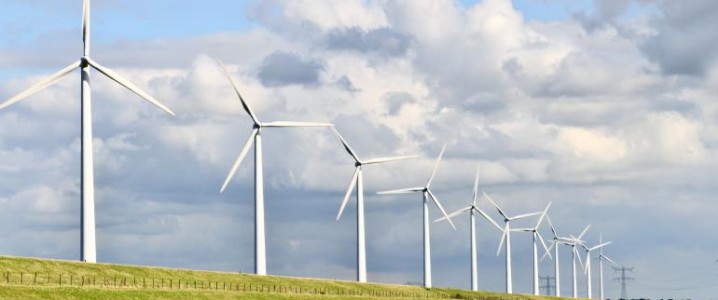The UK government will offer an annual £1.08 billion support budget for new offshore wind projects under its next renewable electricity auction, with £900 million dedicated to fixed-bottom developments and another £180 million for floating offshore wind farms to be delivered from 2028, the Independent reported.
The government said the expanded budget aims to spur investment in clean power capacity as part of its wider ambition to decarbonize the UK’s electricity grid by 2030, cut household bills, and strengthen energy security. Developers will compete in the next round of Contracts for Difference (CfD) auctions to secure fixed prices per megawatt hour for the power they generate.
“Our competitive new auction process will allow us to buy the right amount of clean power at the right price on behalf of the British people, so we can take back control of our energy,” the Independent cited Energy Minister Michael Shanks as saying, adding that the plan represents “another step towards delivering the clean power this country needs to end our reliance on volatile global gas prices, ensuring our energy security and bringing down bills for good.”
According to Pranav Menon, senior researcher at Aurora Energy Research, the proposed funding may not be sufficient to achieve the government’s clean power targets. Menon told Bloomberg that if auction prices remain similar to last year’s, the allocation would likely secure around 4.9 GW of new capacity, which is well below the 7-9 GW needed to stay on course for the 2030 goal.
The UK aims to boost its offshore wind power capacity to between 43 GW and 50 GW by 2030, up from roughly 15 GW today. While the total CfD budget has increased from £800 million in 2024, the fixed-bottom portion has narrowed slightly as the government carved out a separate pot for floating projects. Industry analysts note that the move reflects a rebalancing of support rather than a cut.
The offshore wind sector continues to face headwinds from inflation, grid-connection delays, and supply chain constraints. These pressures have forced several major developers, including Ørsted, Shell, and Equinor, to cancel or delay high-profile projects in recent years.
Europe remains the world’s largest offshore wind market, accounting for roughly 92% of global floating wind capacity, while Asia-Pacific is projected to expand the fastest, growing nearly 160% annually through the end of the decade.
Support under the CfD scheme is funded through consumer energy bills rather than general taxation. If wholesale power prices fall below the guaranteed contract price, developers receive a top-up payment; if prices rise above it, the difference is returned to consumers.
While the increased budget marks a stronger push for clean energy, developers warn that persistently high costs and tightening supply chains could still make meeting the UK’s 2030 offshore wind targets an uphill task.
By Charles Kennedy for Oilprice.com
More Top Reads From Oilprice.com

